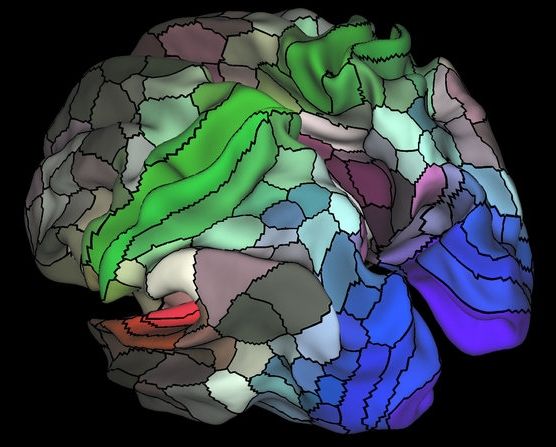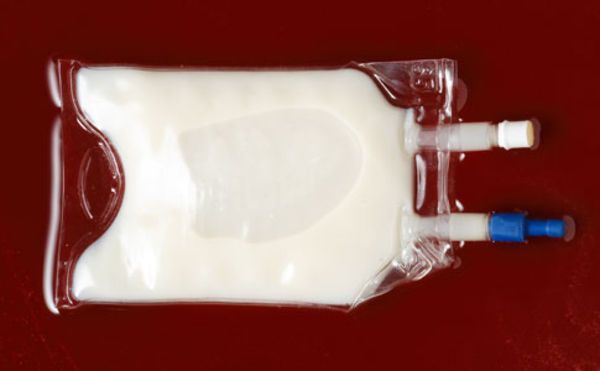Page 11016
Jul 21, 2016
Large X-shaped structure spotted in the center of our galaxy
Posted by Sean Brazell in category: space
X literally marks the spot in the center of the Milky Way, a phenomenon that offers clues about the galaxy’s formation.
Jul 21, 2016
Facebook’s flock of drones
Posted by Bryan Gatton in categories: drones, internet, solar power, sustainability

Facebook plans to use solar-powered drones to extend internet access to remote parts of the planet.
Read the latest on these ambitious plans: http://bbc.in/29WgEvF
Jul 21, 2016
Facebook plans to beam fast Internet to remote areas using lasers
Posted by Klaus Baldauf in categories: drones, internet, solar power, sustainability
So far the system can be used to receive signals carrying data at rates of up to 2.1 gigabits per second, though the team claims it could go faster if it were built to absorb infrared, rather than blue, light.
It’s worth pointing out that this isn’t the first piece of hardware to emerge from the Connectivity Lab. Famously, it’s been working on a solar-powered drone to deliver Internet access. That particular project is progressing slowly, though, so despite the fact that the team behind the new laser device plans to test it in a real-world setting, there’s likely still much development ahead before it’s used widely.
The social network is, however, busy pursuing plenty of other projects to take data to the sticks. Most notably, its Telecom Infra Project will use open-source cellular networks to achieve similar results. That way, you see, anyone will be able to sign up on Facebook.
Continue reading “Facebook plans to beam fast Internet to remote areas using lasers” »
Jul 21, 2016
Facebook details a way to offer laser-based internet access
Posted by Shailesh Prasad in categories: internet, materials
Have you wondered how Facebook might offer high-speed internet access using lasers? The company’s Connectivity Lab is happy to show you. It just published a research paper explaining laser beam technology can deliver up to 2Gbps to remote places. The trick, it says, is to use fluorescent optical fibers to collect the light instead of relying on traditional optics. Since the fibers don’t emit the same color that they’re absorbing, you can shine a brighter light at them (similar to a solar concentrator) and manage an extremely quick turnaround time of under 2 nanoseconds. Combine that with multi-stream data encoding and you get the ample bandwidth that’s normally reserved for WiFi and wired networks.
Facebook says it’s “investigating the feasibility” of shipping laser internet hardware based on this technology, but that may be more realistic than you think. The social network managed this feat using readily available materials that weren’t even meant for the purpose. It’s hoping that other organizations will craft optimized materials that are better-suited, and notes that an infrared-based system might hit speeds of up to 10Gbps. As important as Facebook’s findings might be, they’re only just the beginning.
Jul 21, 2016
Google is using DeepMind’s AI to slash its enormous electricity bill
Posted by Shailesh Prasad in categories: energy, robotics/AI
Google announced on Wednesday that it has been using a DeepMind-built AI system to control certain parts of its power-hungry data centres over the last few months as it looks to make its vast server farms more environmentally friendly.
Last year, a Greenpeace report predicted that the electricity consumption of data centres is set to account for 12% of global electricity consumption by 2017 and companies like Google, Amazon, Facebook and Apple have some of the biggest data centres in the world.
Google said it has been able to reduce the energy consumption of its data centre cooling units — used to stop Google’s self-built servers from overheating — by as much as 40% with the help of a DeepMind AI system.
Continue reading “Google is using DeepMind’s AI to slash its enormous electricity bill” »
Jul 21, 2016
The US and Russia are making plans to return to the Moon together
Posted by Shailesh Prasad in category: space travel
It was 47 years ago that NASA won the space race against the Soviet Union, and Apollo 11 astronauts first walked on the Moon.
And now American companies have pitched a series of new plans that would see the country finally return to the lunar surface… this time, alongside the Russians.
The collaboration between the two countries isn’t entirely surprising — Russia and America have been working together in space since their association on the International Space Station (ISS) first began in 1993.
Continue reading “The US and Russia are making plans to return to the Moon together” »
Jul 21, 2016
Updated Brain Map Identifies Nearly 100 New Regions
Posted by Shailesh Prasad in category: neuroscience
Data from 1,200 brain scans performed as part of the Human Connectome Project allowed researchers to unveil the brain’s hidden geography.
Jul 21, 2016
How Heidi Klum fooled the Internet into thinking her new ad is a Sia video
Posted by Shailesh Prasad in categories: business, internet, virtual reality
The team is now embarking on its most ambitious project yet, a wide-reaching virtual reality network called Project Sansar that is, in many ways, aiming to become a new layer of reality that gives individuals and businesses a space to experiment with VR environments for their first time.
I had the chance to sit down for a demo of Sansar with Linden Lab CEO Ebbe Altberg this past week and take an early look into some of the platform’s first environments.
Traversing the worlds of Sansar and chatting with my guide, Linden Lab VP of Product Bjorn Laurin, was a mostly seamless experience but still an oddly unsettling one. It’s not that anything was particularly creepy about the place I was viewing through an Oculus Rift headset. Sansar is visually placid and often beautiful, but it’s also startlingly scalable and boundless. Scale is something that’s often taken for granted in an age of video game epics like Skyrim and GTAV, but when every horizon you see through your own point-of-view is conquerable, you’re left to either feel very bold or very lost.
Continue reading “How Heidi Klum fooled the Internet into thinking her new ad is a Sia video” »
Jul 21, 2016
Better Than Blood?
Posted by Shailesh Prasad in categories: biotech/medical, food, neuroscience
Grace LeClair had just finished eating dinner with friends when she got the phone call every parent dreads. The chaplain at the Medical College of Virginia was on the other end. “Your daughter has been in a serious accident. You should come to Richmond right away.” LeClair was in Virginia Beach at the time, a two-hour drive from 20-year-old Bess-Lyn, who was now lying in a coma in a Richmond hospital bed.
The friend who was with Bess-Lyn has since filled in the details of that day in March. The two women were bicycling down a steep hill, headed toward a busy intersection, when Bess-Lyn yelled that her brakes weren’t working and she couldn’t slow down. Her friend screamed for her to turn into an alley just before the intersection. But Bess-Lyn didn’t turn sharply enough and crashed, headfirst, into a concrete wall. She wasn’t wearing a helmet. By the time the ambulance reached the hospital, Bess-Lyn was officially counted among the 1.5 million Americans who will suffer a traumatic brain injury (TBI) this year.
Bess-Lyn’s mom was halfway to Richmond when she received a second call, this time from a doctor. “He was telling me that she had a very serious injury, that she had to have surgery to save her life and that if I would give permission, they would use this experimental, not-approved-by-the-FDA drug,” Grace LeClair recalls. “He said that it would increase the oxygen supply to her brain. To me that only made sense, so I said yes.”
















